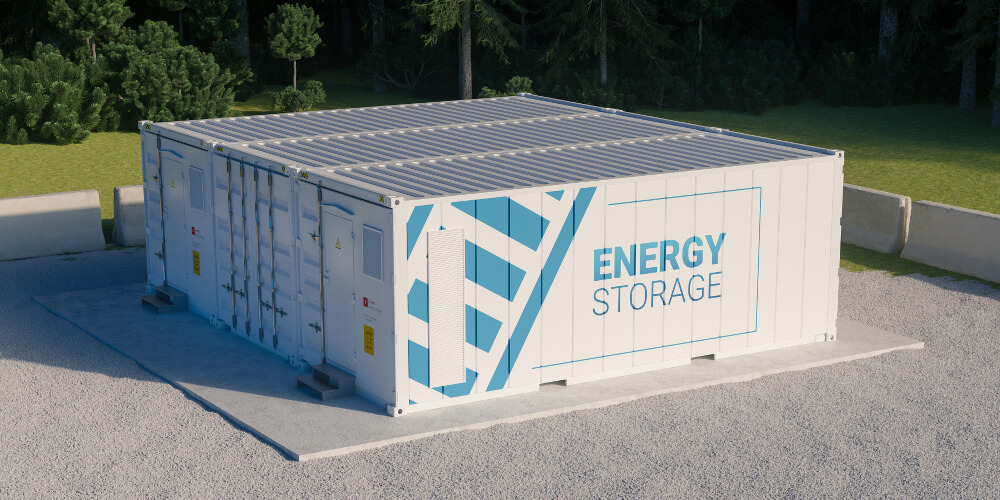Solar Energy Corporation of India Ltd has issued the tender for setting up 500 MW/1000 MWh standalone battery energy storage systems (BESS) in India.
The Union power ministry has targeted 27,000 MW (108,000 MWh at four-hour storage) as part of India’s aggregate installed power generation capacity, by FY30. The SECI tender is the first tranche of this envisaged capacity.
A first-of-its-kind tender in the country, it will provide discoms with storage facilities to be used on an “on-demand” basis, a government release said.
SBG of March 2022
The tender has been issued under the Standard Bidding Guidelines issued by the Ministry of Power in March 2022. The total capacity to be set up under the tender is 1,000 MWh (500 MW x 2 hours), which will constitute two projects of 500 MWh (250 MW x 2 hours) capacity each.
Located in Rajasthan
The projects will be installed in the vicinity of the Fatehgarh-III grid substation of the ISTS network, in Rajasthan. The buying entities will be offered the storage capacity to charge and discharge the same daily through renewable energy power, as per their energy shifting requirements.
BOO Model
The projects will be set up on a “Build-Own-Operate” basis, with the connectivity and necessary permissions being under the scope of the project developer. Land for the projects will be provided by the CTU to the developers on a right-to-use basis.
Implementing agency
SECI will be implementing agency of this tender and will be procuring capacity on behalf of the buying entities, charging a facilitation fee in the form of a trading margin.
Concession period
The term of the projects will be 12 years, with the scheduled commissioning date being 18 months from the date of signing of the Battery Energy Storage Purchase Agreement (BESPA). Financial closure is to be achieved within 12 months of the signing of BESPA.
60:40 mix
A unique feature of this tender is that out of the total capacity being installed under the tender, 60 per cent of the capacity will be off-taken by SECI on behalf of the buying entities, while the off-take of the remaining 40 per cent will be the responsibility of the developers, through third-party or market sale. Of the capacity off-taken by SECI, 50 per cent (which is equal to 30 per cent of the total) will be earmarked for use by National Load Dispatch Centre (managed by Power Systems Corporation or POSOCO), for grid ancillary services.
Two cycles per day
The developer shall make the BESS available for two operational cycles per day, which is to say two complete charge-discharge cycles per day. The projects are required to demonstrate minimum availability of 95 per cent on an annual basis, a minimum round-trip efficiency of 85 per cent monthly, and suitable liquidated damages stipulated in case of shortfall in meeting the above criteria.
Featured photograph (source: DNV) is for representation only.



